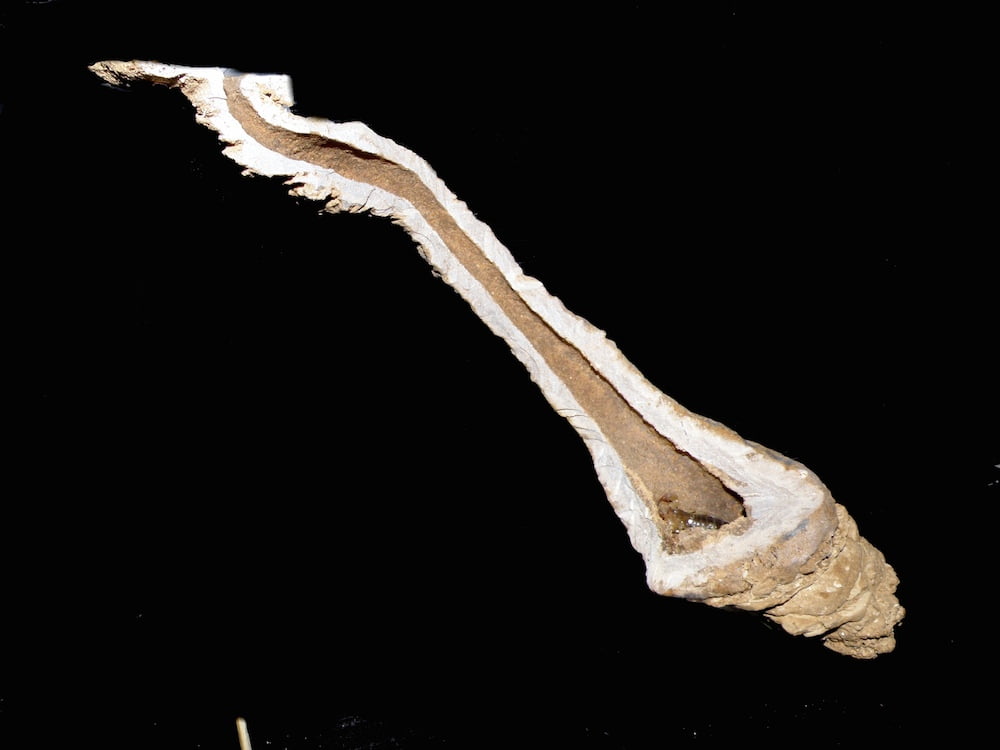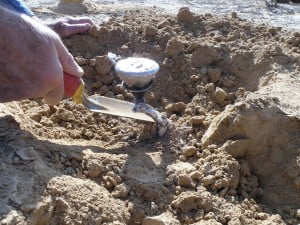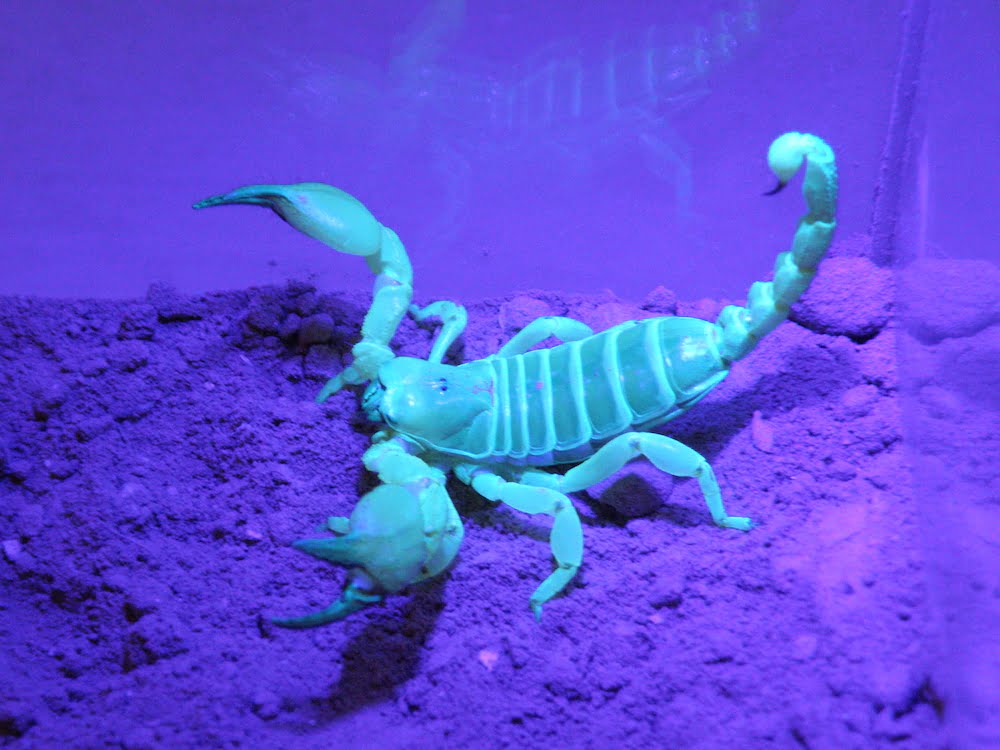The scorpion is well-known as one of the most poisonous and rugged predators on the prowl. In fact, this insect of the spider family adjusts so well to its environment that it can change its metabolic rate to survive on one meal per year and will even live when left in the freezer overnight. Now researchers from Israel’s Ben Gurion University in the Negev desert have discovered that scorpions’ adaptive intelligence also extends to the desert dwellings that they call home.
Dr. Amanda Adams and Professor Berry Pinshow investigated the burrows of wild Large-Clawed Scorpions (Scorpio maurus palmatus) in the Negev Desert of Israel to discover that scorpions construct a platform on which to warm up before the evening hunt. The team observed the phenomenon by trapping the scorpions and preparing replica casts of their burrows filled with molten aluminum. Once the casts had solidified, they were then dug out to be analyzed by a 3-D laser scanner and computer software.
Constructing according to environmental factors

A hallowed scorpion burrow
Upon examination, the research team discovered that rather than being simple holes in the ground, scorpion burrows followed a very sophisticated design. Each burrow began with a short, vertical entrance shaft that flattened out a few centimeters below the surface into a horizontal platform. The researchers believe that this provides a safe, warm place for the scorpions to increase their body temperature before they leave the burrow to forage at night. As ectothermic animals, scorpions rely on energy from the environment to regulate their internal temperature.
The burrows then turn sharply downwards, descending further below ground to form a dead-ended chamber. Being cool and humid, this chamber provides a refuge for the scorpions to rest during the heat of the day, where water loss is minimal. As the design was common to all the burrows studied, this suggests that burrow building in scorpions has evolved by natural selection to meet the animals’ physiological needs.
What burrows have to say about climate change
“Very little is known about burrow environments,” says Dr. Adams. “We plan to expand our studies to more scorpion species around the world to test how burrow structure is shaped to be part of the burrow builder’s extended physiology.” Understanding the relationship between environmental conditions and burrow structures, meanwhile, could help to predict how burrow-builders will respond to climate change. The study of the burrows in relation to climate change is additionally significant because, as opposed to popular belief, scorpions do not just live in barren deserts, but in a range of habitats that includes forests, grasslands, mountains and deserts, with a biological presence on every continent except for Antarctica.
What do a blind mole rat and cancer have in common and will it lead to a cure?
 Dr. Amanda Adams is a post-doc in the Marco and Louise Mitrani Department of Desert Ecology at the Jacob Blaustein Institutes for Desert Research at Ben Gurion University and Professor Berry Pinshow is her adviser.
Dr. Amanda Adams is a post-doc in the Marco and Louise Mitrani Department of Desert Ecology at the Jacob Blaustein Institutes for Desert Research at Ben Gurion University and Professor Berry Pinshow is her adviser.
Photos: courtesy
Related posts

Resilient And Nutritious New Plant-Based Milk Aims To Make A Splash

Chocolate From Cultivated Cocoa Comes Without Environmental Toll

Plastic Fantastic: Startup Takes PVC Back To Its Crude Oil Roots




Facebook comments